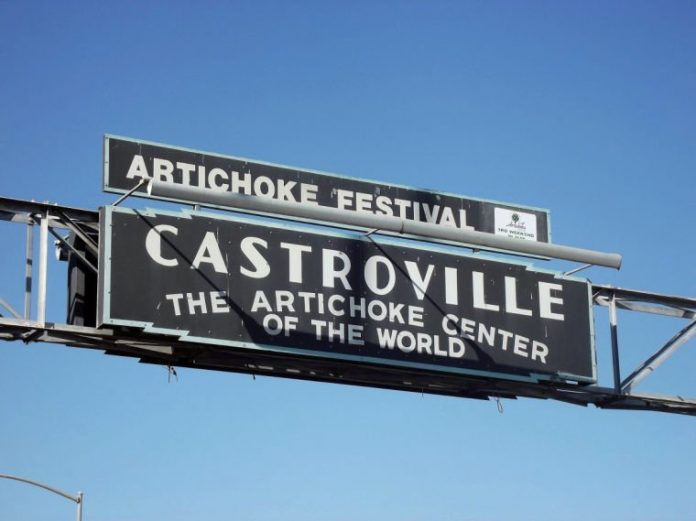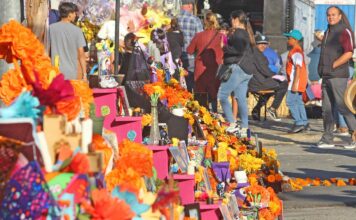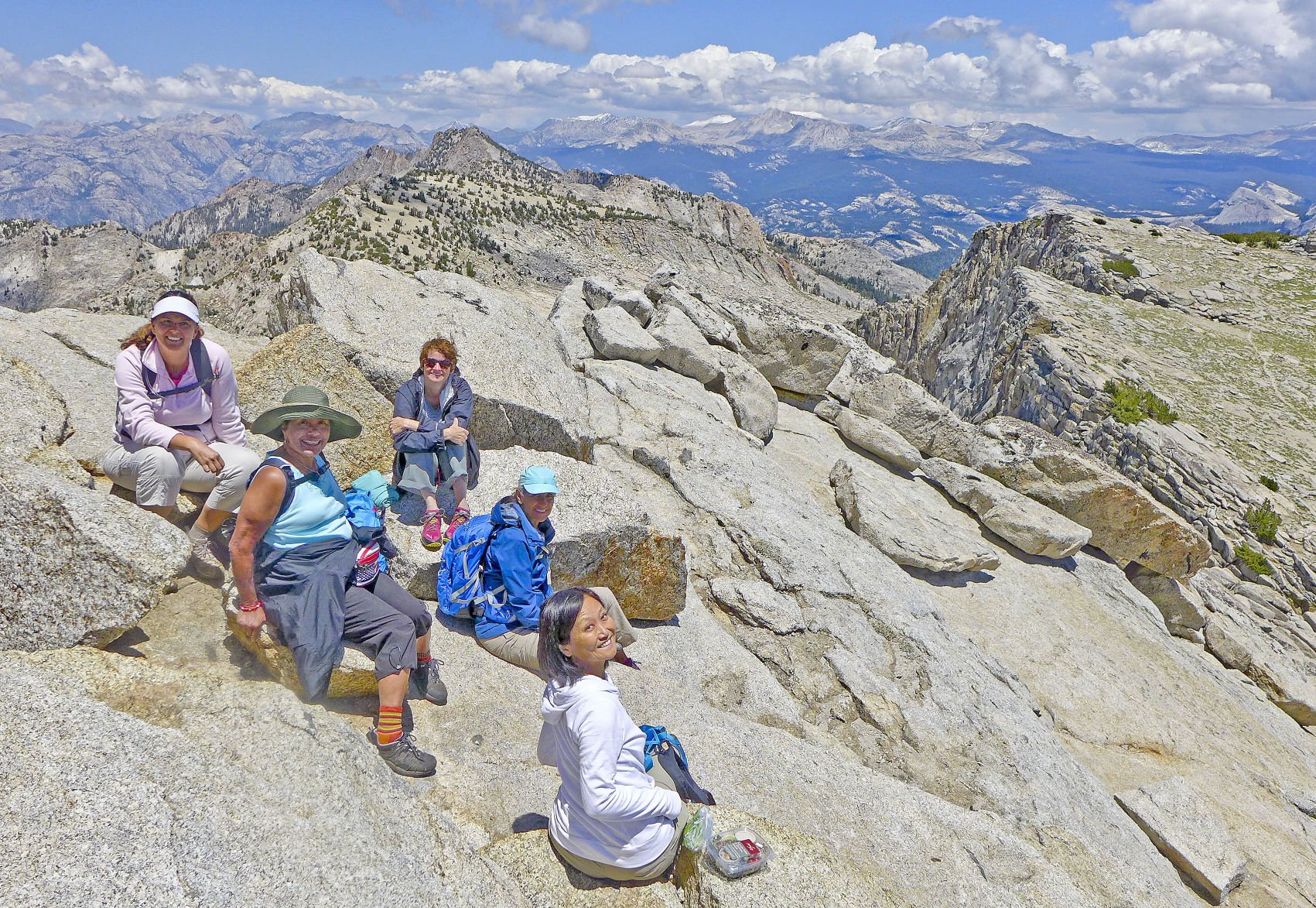
The faces might be browner, the language might be different and the clothing is probably more colorful.
But the bent backs and weary expressions found in the agricultural fields around Salinas still evoke the same compassion and empathy that affected beloved native son and author John Steinbeck some 75 years ago.
It’s been almost that long since the Pulitzer Prize- and Nobel Prize-winning writer crafted his masterpiece, “The Grapes of Wrath,” the powerful, epic saga of hordes of desperate, displaced, Depression-era farmers who journeyed from the Dust Bowl to California’s so-called Salad Bowl, seeking deliverance.
Instead, they found miserable conditions and scarce opportunities, as well as resistant and sometimes cruel locals. As Steinbeck phrased it, the native Californians “… reassured themselves that they were good and the intruders bad, as a man must do before he fights.”
During my visit to Salinas, I witnessed green fields of rich soil stretching as far as the eye can see, full of workers toiling amid rows of artichokes, strawberries, garlic, lettuce and grapevines.
After observing 20 men, hunched over from the red “baskets” on their backs, full of artichokes, I realized I might never again eat one without wondering whose knife cut it from its stalk and how it journeyed to my market.
Located about two hours south of the San Francisco airport, the Salinas Valley region is where Steinbeck grew up in the early 1900s. His surroundings – the farms and ranches with their migrant Mexican and poor white agricultural workers and the waning businesses of the anchovy and sardine canneries of Monterey – were the inspiration for his writing.
Each year, Salinas receives 30,000 annual visitors, and the National Steinbeck Center’s Steinbeck Festival, held each May, will be bigger than ever in 2014, as it honors the 75th anniversary of the publishing of “The Grapes of Wrath” during the 34th annual event.
This fall, the center contracted artists, writers, musicians and others to retrace the journey that the book’s fictional Joad family took along America’s Route 66 through Oklahoma, Texas, New Mexico and Arizona, toward California and hopes of a better life. They interviewed 75 people along the route, created artistic explorations on the themes of struggle and resiliency, and then broadcast them via social media. The works created by the traveling artists will be displayed at the center in April, ahead of the anniversary and the May 2-4 festival.
Steinbeck ferver is erupting already, however, given news of a planned release of a Steven Spielberg remake of “The Grapes of Wrath” and a new version of one of Steinbeck’s treasures, “East of Eden,” with Ron Howard in the director’s chair.
The Steinbeck Center’s exhibits are interactive and creatively designed, giving excellent background to Steinbeck’s own life and to each of his books. Often controversial and even banned for being “subversive,” Steinbeck was ultimately honored and revered for his achievements worldwide.
It’s easy to spend two full hours learning about his life and his work at the center before strolling through Salinas’ downtown area to view some of the filigreed and restored art deco and Victorian-era buildings Steinbeck described so poignantly, and stop for a bite at the now-named Sang’s Cafe, where he allegedly ate, or visit his former childhood home, a beautifully restored restaurant that is operated almost entirely by volunteers.
The towns in Salinas Valley are known for their crops – Watsonville for its strawberries, Gilroy for garlic and Castroville for its artichokes. Growing about 75 percent of all ‘chokes in the nation, Castroville markets itself as the Artichoke Capital of the World and held its first Artichoke Festival in 1948, with none other than Norma Jean Baker (Marilyn Monroe) reining as the festival’s queen.
On a visit to Castroville, you should note that practically everything edible can be made from artichokes – cupcakes, chips, salads, omelets and fried baby artichokes are sold from the bright green “Choke Truck.” Watsonville and Gilroy are proud of their crops as well and host festivals of their own each summer, in August and July, respectively. And, yes, you’ll even find garlic ice cream at Gilroy’s Garlic Festival.
It’s not always apparent, but in the Salinas Valley, one is never far from the Pacific Ocean. Sometimes just over the ridge from a never-ending lettuce field, the salty mist blows in and offers the reminder that the ocean is literally walking distance away.
The Coastal Range of the Santa Lucia Mountains looms in the distance, with once brightly painted but now weathered dairy barns dotting the verdant fields. If you’re lucky, you might glimpse a romantic haze softening the landscape as you head to the Elkhorn Slough in the tiny, picturesque town of Moss Landing.
The Slough is thought to have the highest concentration of sea otters in the world – about 500 – and every couple of weeks, a transient pod of orcas visits the area, while flocks of brown and white pelicans, gulls, cormorants, egrets and about 120 other species of birds come to the pristine waters to roost, rest and feast on the rich sea life.
About a half-hour from Salinas is the city of Monterey, where Steinbeck set his novel Cannery Row and brought to life a world of dilapidated fish canneries and its down-and-out inhabitants.
Cannery Row in the modern era is a lively, pedestrian-packed area of shops and restaurants, leading to the worth-every-penny Monterey Bay Aquarium, considered one of the world’s finest. Attracting 1.8 million visitors annually, the aquarium’s star exhibits include its playful and adorable sea otters, the 333,000-gallon, 28-foot-high Ocean’s Edge Wing tank that showcases giant kelp and other coastal marine life, and the 1.2-million-gallon Open Sea tank, which allows observers to feel like they are looking directly into the ocean.
Not to miss: the stellar jellyfish exhibit. It’s mesmerizing, fascinating, exquisite and creepy, all at once.
Whether you are a fan of Steinbeck or not, it is hard to deny the raw beauty of the region that inspired him, easily evident in the gently flowing lush farms topped by coastal mists, and signs of the rich cultural heritage of multiple ethnicities that call Salinas home.













